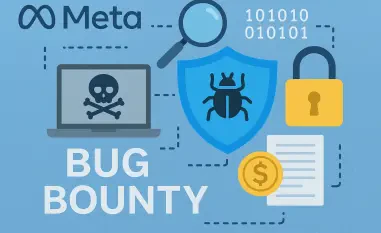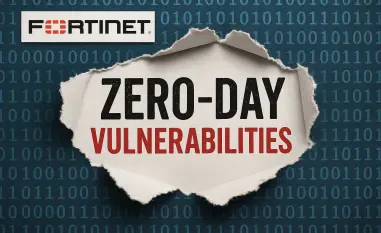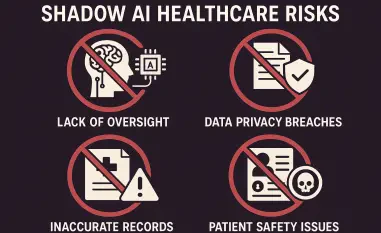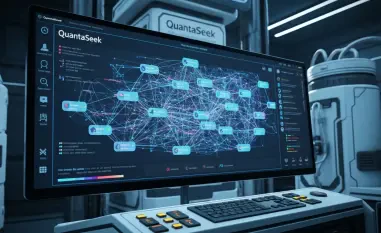In the ever-evolving landscape of cybersecurity, staying ahead of emerging threats is a constant challenge. Today, we’re diving deep into a new and sophisticated malware campaign with Malik Haidar, a renowned cybersecurity expert with years of experience protecting multinational corporations from digital threats. Malik’s expertise in analytics, intelligence, and integrating business perspectives into security strategies makes him the perfect guide to unpack the intricacies of the recently discovered .NET CAPI Backdoor, which has been targeting Russian automobile and e-commerce sectors. In our conversation, we explore the unique characteristics of this malware, the tactics behind its delivery, the reasons certain industries might be in the crosshairs, and the stealthy techniques that make it so hard to detect.
Can you walk us through what the .NET CAPI Backdoor is and why it’s causing concern in the cybersecurity community?
Absolutely. The CAPI Backdoor is a newly identified .NET malware that’s been making waves due to its sophisticated design and targeted approach. Unlike many generic threats, this backdoor is built to infiltrate systems quietly and steal sensitive data while maintaining persistence. What’s particularly concerning is how it leverages legitimate tools and processes to blend in, making it a real challenge for traditional detection methods. It’s a stark reminder of how threat actors are constantly evolving to bypass defenses.
What sets this backdoor apart from other malware you’ve encountered in your career?
One standout feature of the CAPI Backdoor is its use of .NET framework for development, which isn’t as common in malware as other languages like C++ or PowerShell scripts. This choice allows for complex functionalities while potentially evading some signature-based detection tools. Additionally, its focus on specific checks—like verifying administrator privileges or sniffing out antivirus software—shows a level of premeditation and customization that’s not always present in off-the-shelf malware. It’s clearly designed with a purpose.
How do you think attackers are choosing their targets, specifically the Russian automobile and e-commerce sectors?
I believe the selection of these industries comes down to a mix of opportunity and motive. Both sectors handle a significant amount of sensitive data—think customer information, financial transactions, and proprietary business details. E-commerce is inherently digital, making it a ripe target for data theft, while the automobile sector in Russia might be tied to economic or even geopolitical interests. Attackers likely see high returns in compromising these industries, whether for financial gain through stolen data or other strategic objectives.
Can you explain how these attacks typically begin, especially with the role of phishing emails?
Sure, the entry point for the CAPI Backdoor often starts with phishing emails, which are crafted to look legitimate and urgent. These emails contain a ZIP archive, which, when opened, reveals a decoy document—often something like a tax notification in Russian to lure the victim into a false sense of security. Alongside that is a Windows shortcut, or LNK file, which is the real trigger. Once clicked, it kicks off the infection process by executing the malicious payload, showing how attackers exploit human curiosity or routine business tasks.
What’s the significance of the ‘living-off-the-land’ technique used in this campaign?
The ‘living-off-the-land’ or LotL technique is all about using legitimate, pre-installed tools on a system to carry out malicious activities. In this case, the CAPI Backdoor uses ‘rundll32.exe,’ a trusted Microsoft binary, to load its malicious DLL. This approach is significant because it reduces the attacker’s footprint—there’s no need to drop additional suspicious files that might trigger alarms. It blends into normal system activity, making it incredibly tough for security teams to distinguish between legitimate and malicious behavior.
Once the malware is inside a system, what kind of damage or activities does it carry out?
Once embedded, the CAPI Backdoor gets to work on multiple fronts. It’s designed to steal data from popular web browsers like Chrome, Edge, and Firefox—think login credentials, cookies, or browsing history. It also takes screenshots, gathers detailed system information, and can even list folder contents. Beyond that, it connects to a remote server to receive commands, allowing attackers to tailor their next moves based on what they find. It’s essentially a spy that sets up shop inside the system.
How does this malware manage to communicate with a remote server without raising red flags?
The communication is quite sneaky. The backdoor establishes a connection to a remote server to receive commands and send stolen data back. It’s built to use standard protocols and often encrypts its traffic to avoid detection by network monitoring tools. By mimicking legitimate traffic patterns or hiding within normal system processes, it can fly under the radar. This stealthy exfiltration is a hallmark of well-designed malware, showing the attackers have put thought into evading common security measures.
Why do you think the malware includes checks to see if it’s running on a real host versus a virtual machine?
That’s a clever anti-analysis tactic. Many security researchers and automated detection systems use virtual machines to analyze malware in a safe, isolated environment. By checking for signs of a virtual setup—things like specific hardware configurations or system artifacts—the CAPI Backdoor can avoid revealing its full capabilities if it suspects it’s being watched. This helps attackers stay one step ahead, ensuring the malware behaves differently or shuts down in a sandboxed environment to protect its secrets.
What’s your forecast for the evolution of threats like the CAPI Backdoor in the coming years?
I think we’re going to see more of these highly targeted, stealth-focused threats as attackers refine their techniques. With the rise of AI and machine learning, malware could become even better at adapting to defenses, evading detection, and personalizing attacks based on the target’s environment. We’ll likely see an increase in LotL tactics and cross-industry targeting as cybercriminals look for the path of least resistance. For organizations, this means investing in behavioral detection and employee training will be more critical than ever to stay ahead of these evolving dangers.













